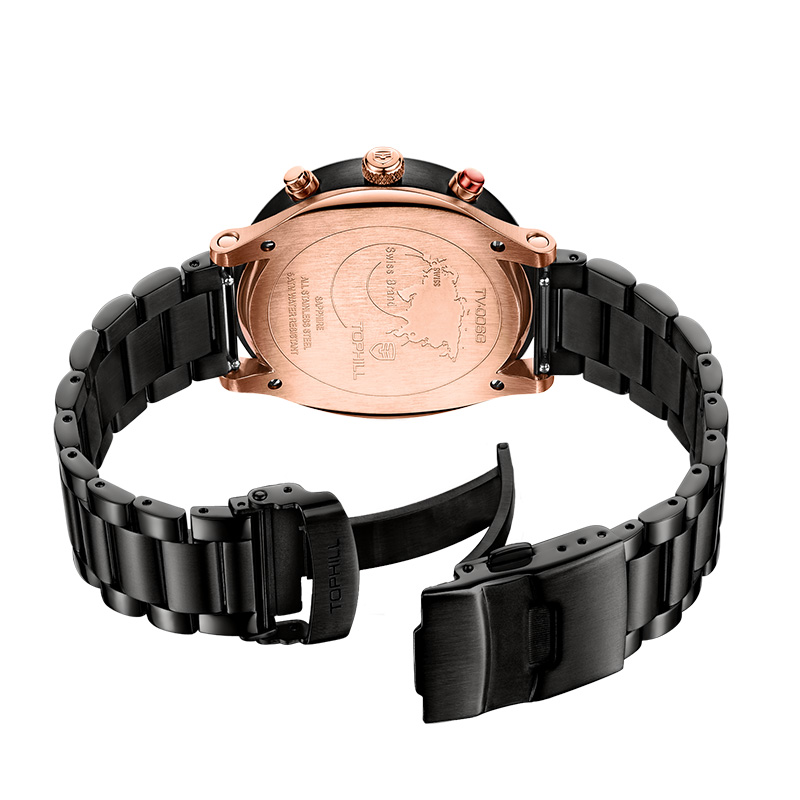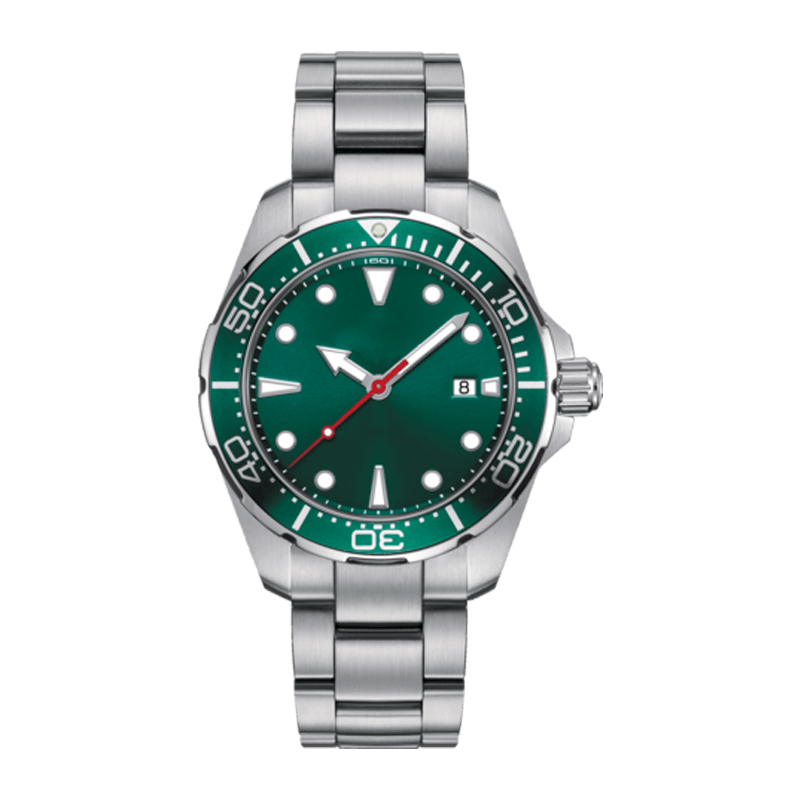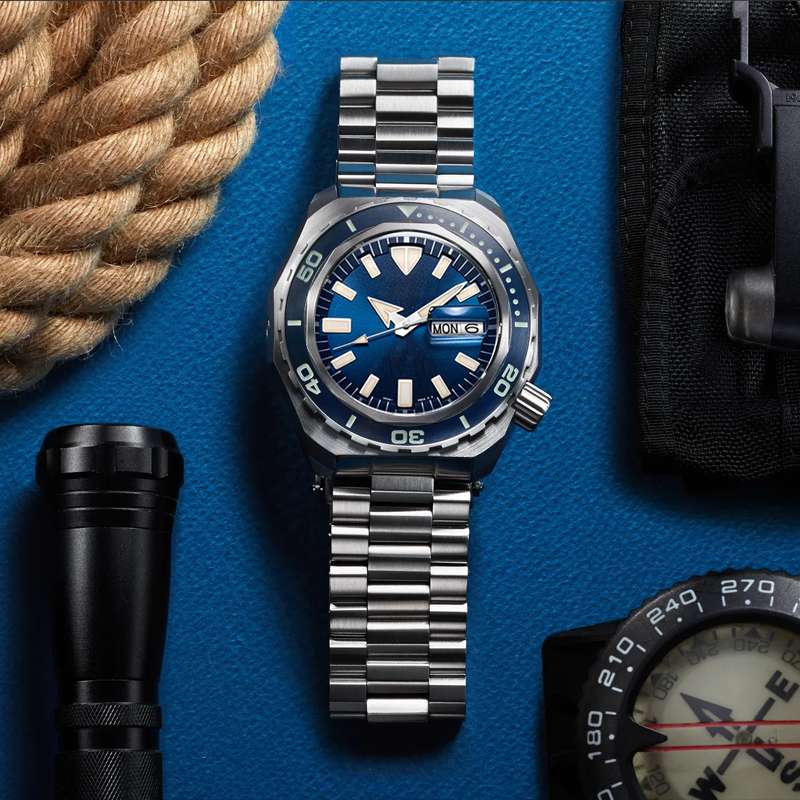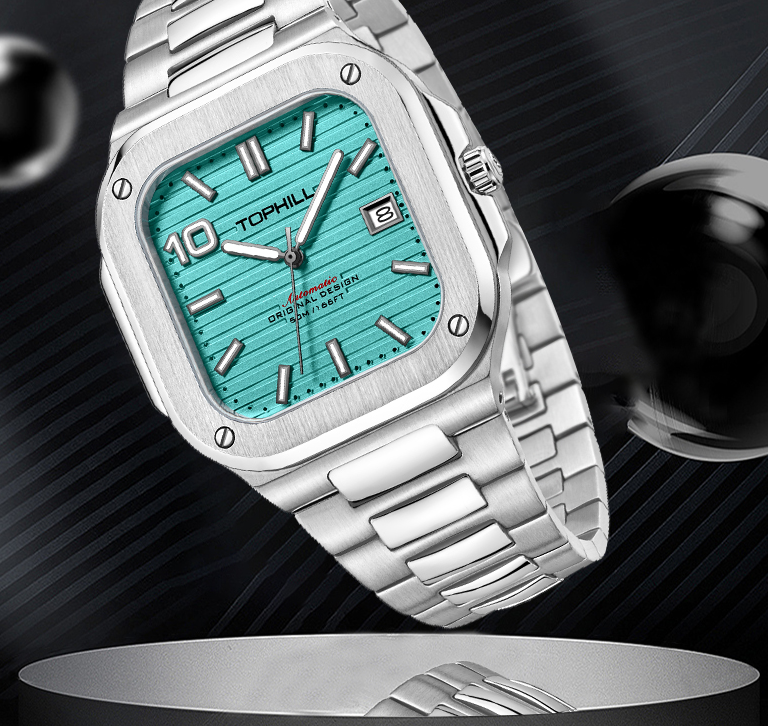1. Introduction: The Timeless Appeal of Mechanical Watches
Mechanical watches, with their intricate craftsmanship and timeless charm, have captivated watch enthusiasts for generations. These remarkable timepieces are not only precision instruments but also works of art. In this article, we will delve into the meticulous process of creating mechanical watches.
2. Design and Development: The Birth of a Vision
The journey of making a mechanical watch commences with design and development. Expert watchmakers and designers collaborate to conceptualize the watch's design, functionality, and features. This phase involves sketching, computer-aided design (CAD), and detailed discussions to refine the watch's blueprint.
3. Material Selection: The Quest for Excellence
The selection of materials is a pivotal aspect of crafting mechanical watches. From the case to the movement components, each material is chosen with utmost care. Cases may be fashioned from stainless steel, precious metals like gold, or innovative materials such as titanium. The materials not only affect the watch's aesthetics but also its durability and performance.

4. Movement Manufacturing: The Heart of Precision
The heart of every mechanical watch is its movement—a marvel of precision engineering. The movement comprises an intricate assembly of gears, springs, and escapements, often numbering in the hundreds of components. These parts are manufactured with precision machining techniques, with tolerances measured in micrometers.
5. Assembly and Quality Control: The Craftsmanship Behind Each Tick
Assembling a mechanical movement is a laborious process that demands the expertise of skilled watchmakers. Every tiny component, from the mainspring to the tiniest gear, is carefully placed and meticulously adjusted. Lubrication is applied to reduce friction and ensure the smooth operation of the movement. This stage marries craftsmanship, engineering precision, and artistic finesse to bring the watch to life.
6. Testing and Calibration: Ensuring Precision and Accuracy
Once assembled, the watch undergoes rigorous testing. Horologists employ specialized machines to measure its accuracy. The watch is subjected to various positions and temperature conditions, simulating real-world scenarios. Any deviations from precise timekeeping are meticulously noted and corrected, guaranteeing the watch keeps accurate time.
7. Dial and Hands: The Face of Elegance
The watch's dial and hands are painstakingly crafted to enhance both its aesthetic appeal and legibility. Dials can be fashioned from an array of materials, including enamel, mother-of-pearl, and various metals, all designed to display timekeeping information with clarity and grace. Hands, often delicately shaped and coated, sweep across the dial, gracefully indicating the passage of time.

8. Case and Crystal: Protection and Transparency
The watch case, meticulously designed to safeguard the movement, is carefully crafted. Transparent crystals, most commonly sapphire for its strength and clarity, are meticulously fitted to the case. These crystals serve as protective shields while also providing a window to the mesmerizing movement within, allowing aficionados to marvel at the watch's inner workings.
In conclusion, the creation of a mechanical watch is a symphony of artistry, engineering precision, and meticulous craftsmanship. Each mechanical watch is more than just a timekeeping instrument; it is a testament to the dedication and expertise of the watchmakers who painstakingly craft these exquisite timepieces.
Tags:
 Tired of Leakage Issues? Can a Professio
Tired of Leakage Issues? Can a Professio
 What Are the 5 Key Features to Inspect B
What Are the 5 Key Features to Inspect B
 How to Clean Stainless Steel Bands: A De
How to Clean Stainless Steel Bands: A De
 How Does a Seiko Stainless Steel Watch C
How Does a Seiko Stainless Steel Watch C
Super Time